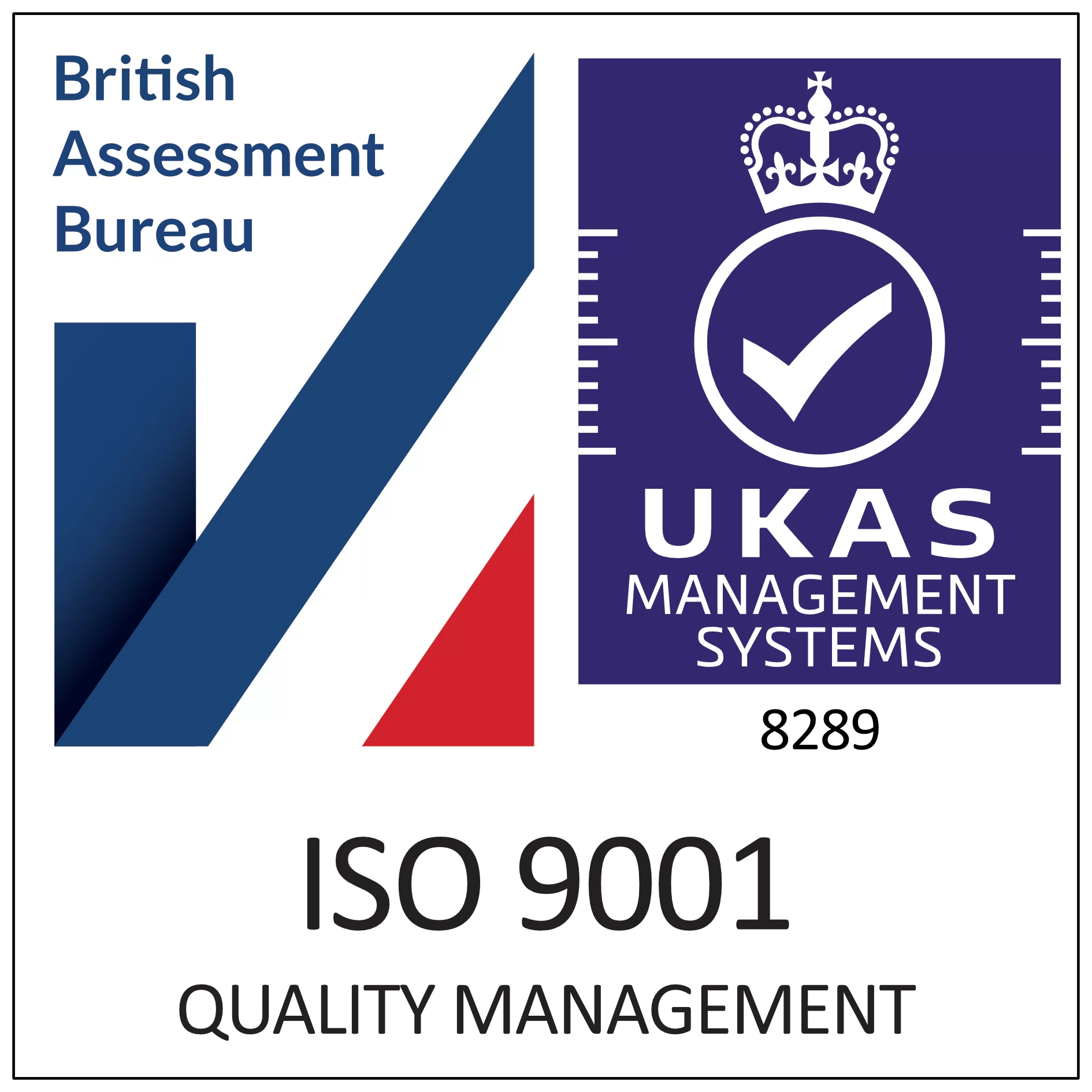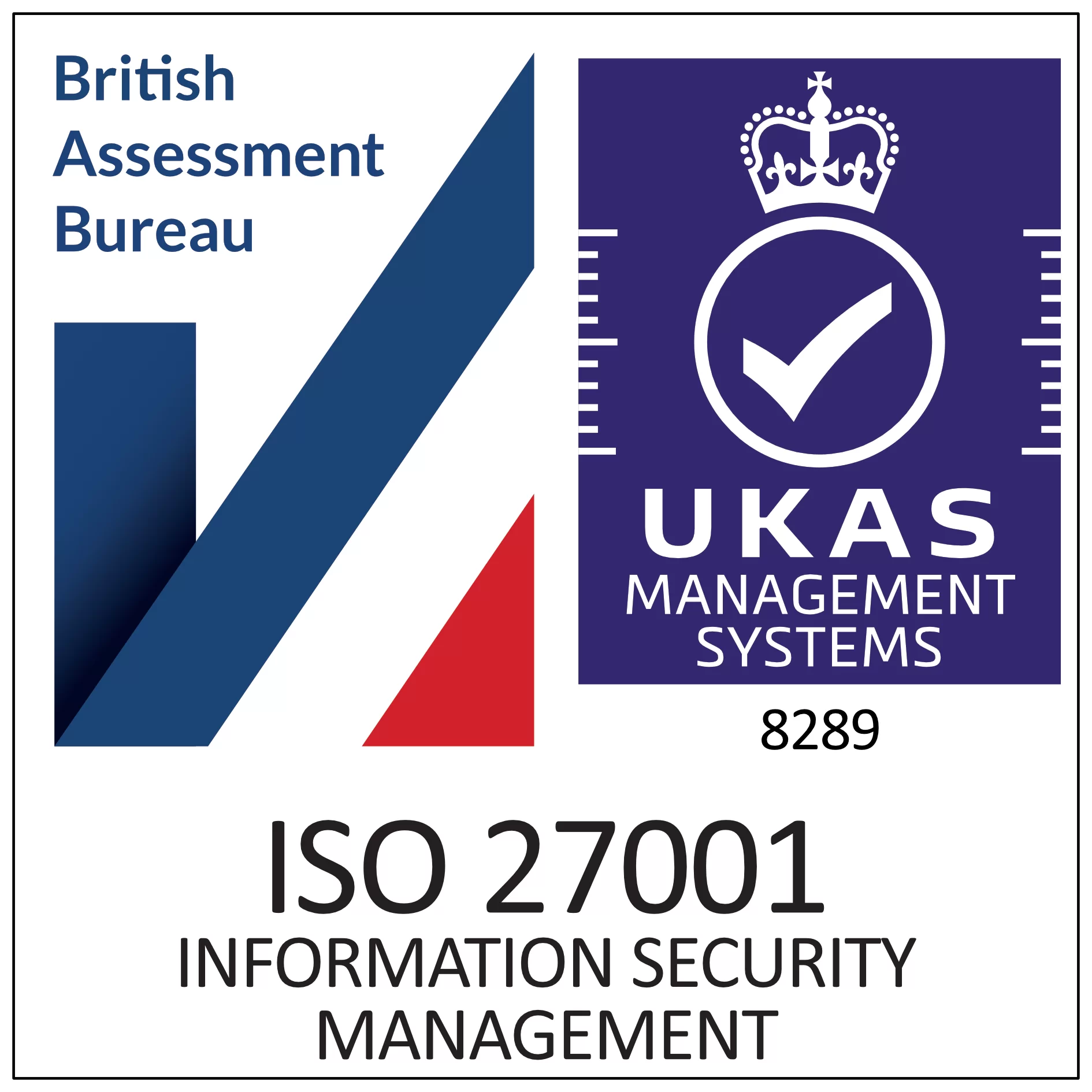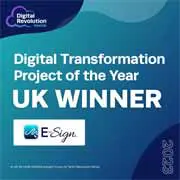Home | News & Insights |
Earth Day 2024: The Top Technologies to Reduce Carbon Emissions
Laura Cain
Marketing & Brand Manager
PUBLISHED
22nd April, 2024
Reducing carbon emissions and making sustainable changes to improve our impact on the environment is a growing priority for businesses around the world. Despite slight increases in emissions across various sectors over the past few years, the UK Office of National Statistics has revealed that in 2021 the overall level of carbon emissions had dropped by 67% since 1990, demonstrating the nationwide effort to strive towards a greener future.
Also, according to the ONS, energy generated from renewable sources accounted for 13% of all energy use in the UK in 2021, a significant increase from 0.9% in 1990. The government aims to continue on this path to achieve the target of net zero emissions by 2050. In this article, we’ll be exploring examples of the top technologies designed to help organisations reduce their carbon footprint.
What can Businesses do to Reduce their Emissions?
Making long-lasting, impactful changes to businesses on a broad scale can be challenging and in some cases quite costly. However, even the smallest of steps can start to make a big difference to your carbon footprint over time. Before we look at the modern technologies you can take advantage of to reduce emissions, we want to highlight some steps that your business can take to kick start your sustainable future.
- Measure your current carbon footprint – knowing how much carbon your business is emitting is the first step in generating an effective plan to reduce it.
- Use renewable energy where possible – as technology has evolved, renewable energy infrastructure has massively improved and become more accessible for businesses regardless of their size. If your building can accommodate the use of renewable energy, it will be extremely beneficial for reducing your carbon footprint.
- Invest in greener office equipment – in addition to using renewable energy to power your building, there are several different ways to reduce carbon within your office. Examples include ensuring you have energy-efficient light bulbs fitted, lowering the thermostat (doing so by just 1 degree can reduce energy for heating by roughly 13%), and using appliances that have a high energy rating.
- Reduce, reuse, recycle – most individuals and businesses have likely heard this phrase, but by implementing the 3 R’s you can become more environmentally friendly. Consider your specific office processes and how you can increase the ways you reduce, reuse, and recycle.
As well as to help with their cost savings, many businesses are prioritising renewable energy and reducing their carbon emissions as part of their corporate branding efforts too. This is because most modern consumers value organisations that are working towards becoming more environmentally friendly.
Some countries are even introducing regulatory obligations that businesses must comply with as part of the global efforts to reduce the effects of climate change. Therefore, it is in the interests of all businesses to carefully consider their current footprint and the necessary changes to become greener, with the technologies below being useful examples of greener digital solutions.
Technologies that can Support Carbon Reduction

1. Remote work technology
In 2020 there was a substantial drop in carbon emissions as a result of the coronavirus pandemic, which meant that those who would normally travel to an office were working from home. Remote work has remained and seen a consistent growth in the years since the pandemic thanks to the various technologies and software’s available to make collaboration with internal and external stakeholders just as efficient as if you were working from an office.
This surge in working from home continues to reduce the carbon emitted from commuting and supports the transition to paperless workspaces, which has been a key aim worldwide in recent years. The freedom and ability to work from home allows organisations to lower their overall carbon emissions significantly without compromising on productivity or efficiency.
2. Cloud computing
One of the most obvious technologies that has benefited businesses in various ways including reducing their carbon footprint is cloud computing. Cloud service providers can be flexible in terms of scale and distributing a digital infrastructure amongst several tenants. Also, because a data centre can be located anywhere, cloud providers can ensure that they are in locations where they can take advantage of renewable energy sources like solar and wind. By optimising server use, it ultimately means that fewer servers are needed, so less energy is being used.
3. E-Signatures
Electronic signatures and digital document solutions are a highly beneficial technology for businesses wanting to reduce their carbon emissions and improve efficiency. This is because using eSignatures allows you to remove ineffective and carbon-fuelled paper documents from your processes.
By making the switch to paperless, you can reduce the amount of paper required and therefore the trees being cut down, which helps to improve our carbon footprint and negative impact on the environment. In addition to the significant carbon savings, there are many other environmental benefits of using e-signatures, which you can read in our blog ‘How Environmentally Friendly are E-Signatures’.
4. Artificial intelligence
AI has been taking the world by storm with more and more businesses adopting artificial intelligence in some capacity to streamline their operations and save time and money. This optimised efficiency allows businesses to reduce waste and transportation distance, which can be effective in lowering emissions.
Not only that but the introduction of AI in smart building management systems help with monitoring and controlling key parts of your office such as lighting, HVAC, and computing to increase performance and energy efficiency. As a result, AI can enable businesses to make savings that humans alone would not be able to suitably achieve.
It can provide greater insights into the different carbon emissions organisations are making, analysing the data to identify patterns and offer solutions for ways their carbon footprint can be reduced. AI can accelerate sustainable transformations around the world, reducing expenses, and supports the development of technologies that are related to carbon capture and renewable energy.
5. Big data
Big data can be used to help businesses highlight any areas within their operations where they are using excess energy. It provides invaluable solutions for energy efficient usage and the actions that need to be taken to minimise emissions. These solutions use information taken from emission sensors and smart energy devices located across cities and facilities, and historical operational data.
Also, big data solutions can support supply chain optimisation by analysing inventory levels, transport routes, and delivery times, which reduces the distance that the goods need to travel and so lowers the amount of carbon being produced. The data collected on energy production and consumption can be used to identify the best times to use renewable energy, decreasing the reliance of fossil fuels and other non-renewable resources.
6. Smart offices
Despite remote working becoming a common practice in many businesses, for days when you are based in the office, AI and Internet of Things (IoT) technology can be applied to adapt how your office operates. For example, rather than wasting electricity by having lights switched on all day, even if staff aren’t in certain areas of the office, AI-driven systems will know exactly where they work and only turn on the relevant lights.
The system will make sure that lights are turned off straight away when not needed. AI and IoT monitoring tools can be integrated with various analytics to create a smart office that will find practical ways organisations can reduce their carbon footprint in the workplace.
Why use E-Sign?

E-Sign is an industry leader in electronic signature and digital document solutions, helping organisations in the UK and internationally streamline their operations. Digitising document processes is a highly effective way of not only saving time and money when creating and sending documents for signature, but also making substantial savings on the amount of carbon your business produces through no longer relying on paper.
Also, you can potentially make significant energy savings by not having to use a printer for documents, especially if you were printing large quantities on a regular basis. If your business is committed to increasing its sustainability efforts and reducing their carbon emissions, implementing E-Sign into your document processes will allow you work towards those goals.
Conclusion
The global mission to reduce carbon emissions might seem like a long and complex journey, but with more and more businesses becoming green-conscious everyday each small step that is taken towards net zero will compound into essential benefits. We hope this guide has helped offer insight into the available technologies that can make a difference to your carbon footprint.
Contact us today to learn more about how E-Sign’s eSignature and document solutions can support your business. We can provide bespoke plans that suit your specific requirements whether you’re a small business or a larger enterprise. You can also give the platform a try for yourself by registering for our 14-day free trial. This will give you access to your tailored carbon counter, so you can track how much carbon you’re saving by using E-Sign.
 Facebook
Facebook
 X (Twitter)
X (Twitter)
 LinkedIn
LinkedIn











